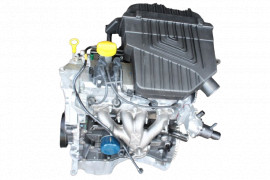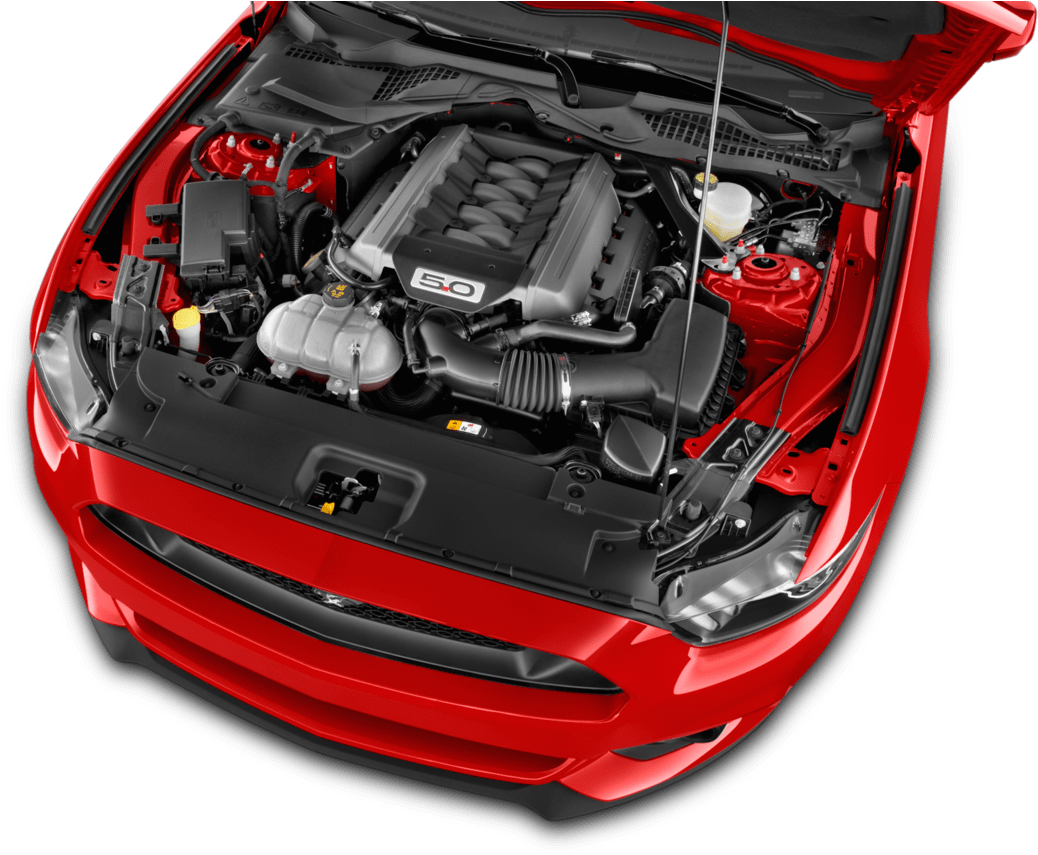Improve Your Ride with a High-Quality Opel Corsa Engine
Wiki Article
Discovering the Inner Operation of a Compact Automobile's Engine System
As vehicle drivers, we frequently take for provided the complex procedures that happen within the boundaries of our car's engine system. The portable yet complicated machinery that thrusts us ahead is a marvel of engineering precision and coordination. From the controlled surges in the combustion chamber to the meticulous timing of gas injection, every part plays an important function in the smooth procedure of the engine. In this exploration of a compact vehicle's engine system, we will untangle the inner functions of this mechanical symphony, dropping light on the mysteries that drive us forward on our everyday trips.Combustion Refine Summary
The combustion procedure in a compact lorry's engine system is a critical mechanism that efficiently converts fuel into power to power the car. This process happens within the burning chamber of the engine, where gas and air mix, ignite, and produce regulated explosions. The burning procedure contains 4 main stages: intake, power, compression, and exhaust.Throughout the intake stage, the piston moves downward, drawing in a mix of air and gas into the combustion chamber. The next phase, compression, entails the piston moving upwards, pressing the air-fuel mix to increase its potency. Consequently, in the power phase, the stimulate plug stirs up the pressed mix, leading to a rapid development of gases that compels the piston pull back. This downward movement creates the power required to drive the lorry. In the exhaust stage, the scorched gases are expelled from the burning chamber with the exhaust valve, preparing the chamber for the next cycle. This cyclic burning procedure is fundamental to the operation of a portable vehicle's engine system, ensuring effective power conversion for propulsion.
Piston and Cylinder Interaction

The piston's specific fit within the cyndrical tube is crucial for keeping optimal compression and protecting against energy loss during burning. Tight clearances between the piston and cyndrical tube walls make certain effective securing, permitting the piston to relocate smoothly without enabling gases to leakage past. Correct lubrication is likewise vital to lower friction and put on in between these elements, enhancing long life and performance.
Furthermore, the design and products made use of in making the piston and cyndrical tube influence engine effectiveness and sturdiness. Modern engines frequently use light-weight yet long lasting materials like light weight aluminum alloys for pistons and cylinder linings to decrease inertia and boost thermal effectiveness. In general, the harmonious interaction between the piston and cylinder is fundamental to the engine's performance and total performance.
Fuel Injection System Performance
Fuel shot systems in small automobile engines play a critical role in exactly delivering gas to the combustion chamber for efficient and regulated ignition. The fuel shot system functions by infusing fuel right into the combustion chamber at the optimum moment throughout the engine's procedure (opel corsa engine). This precise timing guarantees that the gas mixes uniformly with the air for appropriate burning, bring about enhanced fuel efficiency and reduced exhaustsThere are primarily 2 kinds of fuel shot systems utilized in portable automobile engines: port fuel injection (PFI) and straight fuel injection (DFI) PFI systems inject gas into the intake port before the consumption shutoff, while DFI systems infuse gas directly into the burning chamber. Both systems have their benefits, with DFI supplying much better fuel atomization and PFI giving a more economical service.
Understanding Engine Cooling Systems
Efficient operation of a compact car's engine relies heavily on the effectiveness of its go now cooling mechanisms. Engine cooling is important to protect against overheating, which can result in serious damage and lowered efficiency. The cooling system in a portable lorry usually contains a number of components interacting to regulate the engine temperature. One important part is the radiator, which uses coolant to take in warmth from the engine. As the hot coolant streams with the radiator, it releases heat into the air, cooling before returning to the engine. The water pump circulates the coolant through the engine and radiator, making sure a consistent flow to regulate temperature. Furthermore, the thermostat assists regulate the coolant circulation to maintain optimal engine temperature. Some lorries likewise have cooling down followers that trigger when additional cooling is needed, such as throughout hefty traffic or hot weather condition. Our site Understanding these engine air conditioning mechanisms is important for keeping the efficiency and longevity of a compact lorry's engine system.
Exhaust System Parts Explained
The optimal performance of a small lorry's engine air conditioning devices depends upon a complementary system called the exhaust system, which makes up numerous essential elements for guaranteeing effective emissions and engine efficiency. The exhaust system consists of components like it such as the exhaust manifold, catalytic converter, muffler, and tailpipe. The exhaust manifold collects exhaust gases from the engine's routes and cyndrical tubes them to the catalytic converter. The catalytic converter after that transforms damaging toxins in the exhaust right into much less damaging discharges before releasing them via the muffler and tailpipe.One crucial element of the exhaust system is the oxygen sensor, which monitors the oxygen levels in the exhaust gases to assist manage fuel intake and guarantee ideal engine performance. opel corsa engine. Furthermore, the resonator may exist in some exhaust systems to minimize sound levels. Generally, the exhaust system plays a vital duty in keeping engine efficiency, reducing hazardous discharges, and guaranteeing a quieter driving experience for small vehicle owners

Conclusion
Finally, the portable car's engine system is a complicated mix of parts that interact to help with the burning procedure, convert gas into power, and eliminate waste gases. Understanding the internal functions of the engine system, including the piston and cylinder interaction, fuel injection system, engine cooling systems, and exhaust system components, is critical for maintaining optimal efficiency and effectiveness of the automobile.The combustion process in a small lorry's engine system is a vital device that effectively transforms gas into power to power the automobile.Gas shot systems in compact automobile engines play a vital duty in exactly providing fuel to the burning chamber for controlled and reliable ignition.There are primarily two types of fuel shot systems made use of in small automobile engines: port fuel injection (PFI) and direct fuel injection (DFI) Understanding these engine air conditioning mechanisms is important for maintaining the performance and long life of a portable automobile's engine system.
The ideal performance of a portable automobile's engine cooling mechanisms depends on a complementary system understood as the exhaust system, which makes up various essential parts for making certain reliable emissions and engine performance.
Report this wiki page